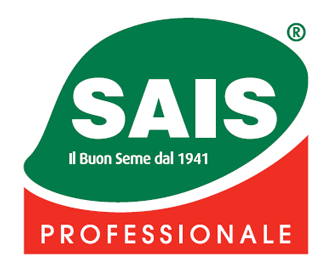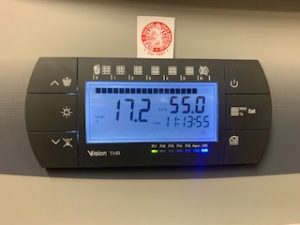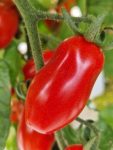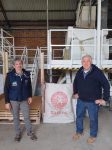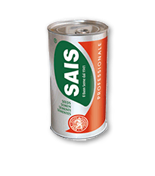Good practices for seed storage
Seed storage is the preservation of seeds under controlled environmental conditions that maintain seed viability for long periods. The shelf life of seeds depends on initial seed quality, moisture content and temperature during storage. In general, low moisture content and low temperature reduce the loss of seed viability. Different combinations of moisture content and temperature can be used to prolong seed viability during storage.
Seeds, even if adequately protected during storage, still undergo deterioration with time.
The major factors affecting the life-span of mature, viable and healthy seeds are moisture, storage temperature and pests.
Most seeds are drying-tolerant. Under ordinary room conditions (open storage), viability of these seeds is generally reduced by half within six months. Seeds with harder seed coats tend to live longer than those with thin coats. For improved storability, seed moisture and storage temperature must be kept low and controlled.
Only new, mature, healthy and well-dried seeds shall be stored, except for a few species which do not favor drying. Dry and cool environments improve longer viability.
In Sais warehouses the temperature is kept constant around 17 Celsius degrees with humidity rate between 50 and 55%.
Our seeds are dried to a 50-55% humidity rate before undergoing storing, packing and shipment operations and are stored in well filled sealed containers kept from direct contact with the floor.
Proper storage practices to be adopted are:
- using wooden pallets to keep the seed from direct contact with the floor,
- keeping seeds away from the walls and ceiling to allow easy inspection and control and
- avoiding the storage of seed and fertilizer in close proximity with each other.
Seed lots shall be inspected periodically and fumigated against storage pests when necessary.
Source from FAO-Food and Agricolture Organization of The United Nation
http://www.fao.org/3/ca1495en/CA1495EN.pdf
http://www.fao.org/seeds/en/


